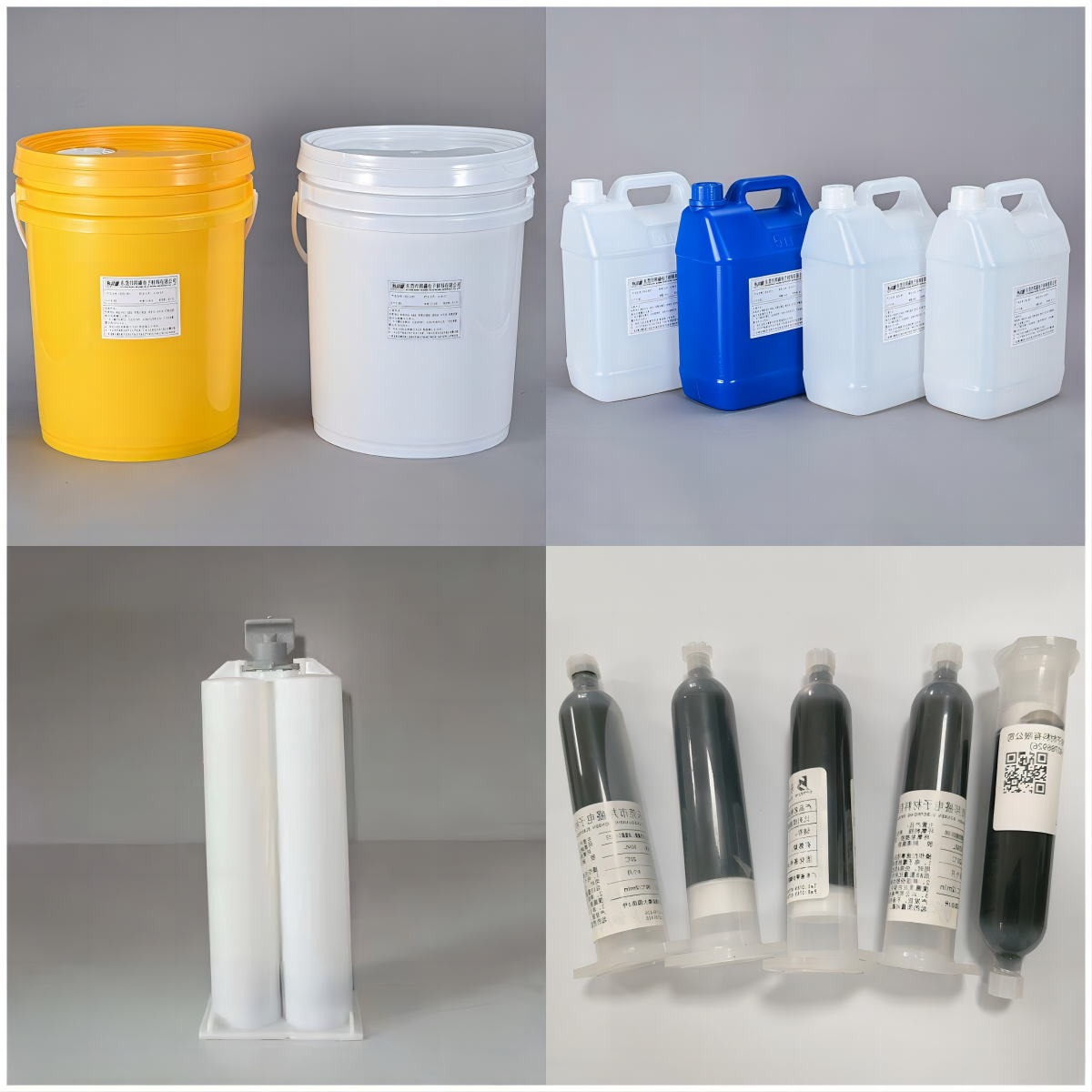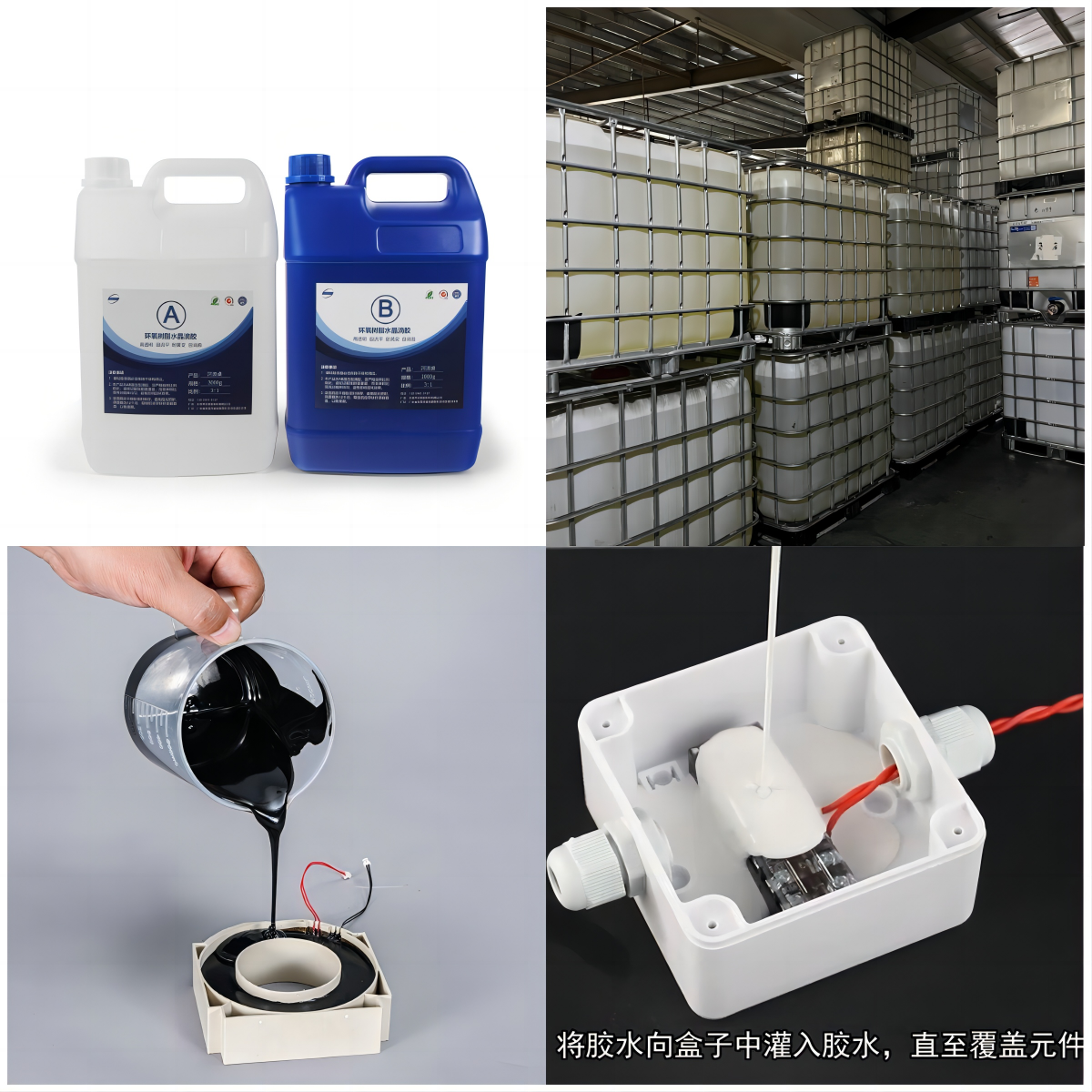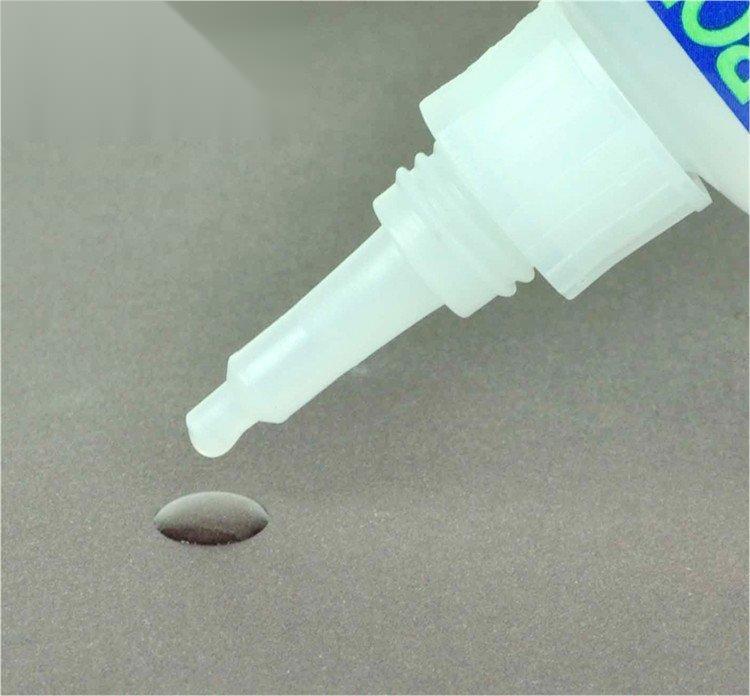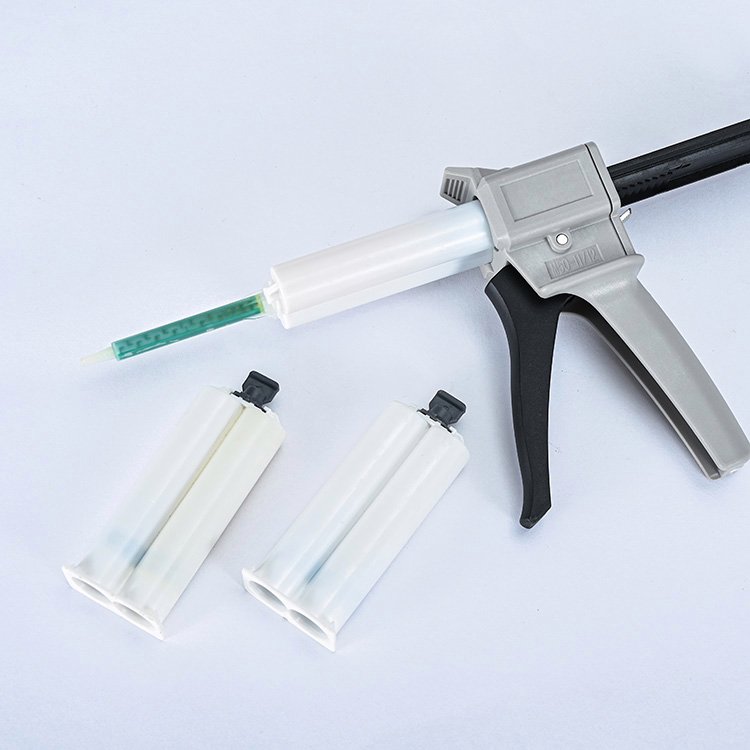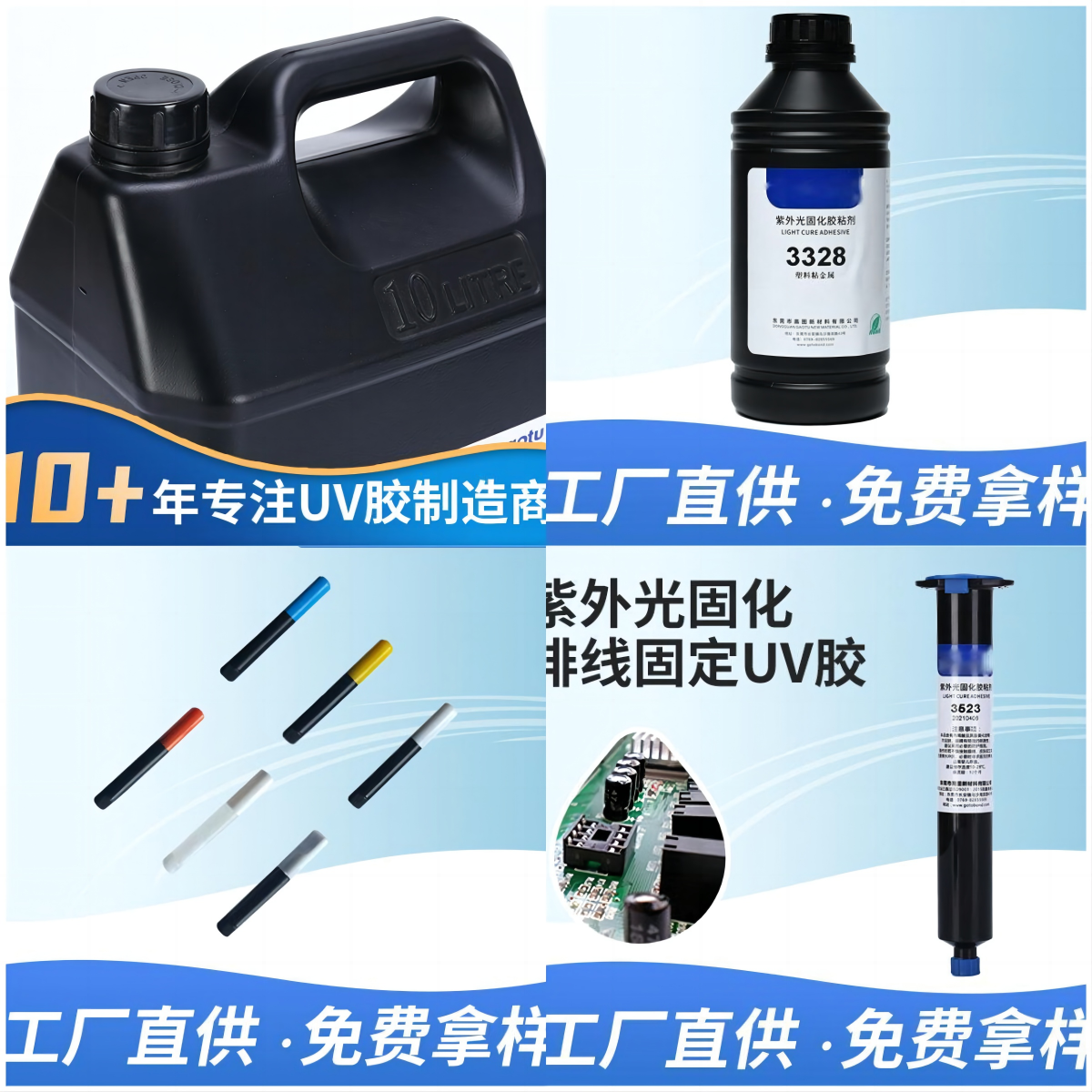Peel Adhesion Testing: A Comprehensive Guide to Understanding, Applying, and Using Adhesives
Introduction:
Adhesives play a crucial role in various industries, serving as a bonding agent for a wide range of materials. From construction to automotive, electronics to packaging, adhesives are used extensively. One important aspect of adhesive performance is its ability to withstand peeling forces. In this article, we will delve into the topic of peel adhesion testing, exploring its significance, methods, and applications.
What is Peel Adhesion Testing?
Peel adhesion testing is a method used to measure the force required to peel apart two bonded materials. It provides valuable insights into the adhesive's ability to maintain its bond strength under stress. This test is particularly important in applications where the adhesive is subjected to peeling forces, such as tape applications, labels, and protective films.
Significance of Peel Adhesion Testing:
Peel adhesion testing helps manufacturers and end-users evaluate the quality and performance of adhesives. By understanding the adhesive's peel strength, they can determine its suitability for specific applications. This testing also aids in quality control, ensuring consistent adhesive performance and preventing product failures.
Methods of Peel Adhesion Testing:
There are various methods available for conducting peel adhesion testing, including the 90-degree peel test, 180-degree peel test, and T-peel test. The choice of method depends on the specific application and industry requirements. Let's take a closer look at each method:
1. 90-Degree Peel Test:
In the 90-degree peel test, the bonded materials are peeled apart at a 90-degree angle. This method is commonly used for pressure-sensitive adhesives, tapes, and labels. It provides information about the adhesive's ability to resist peeling forces perpendicular to the substrate.
2. 180-Degree Peel Test:
The 180-degree peel test involves peeling the bonded materials at a 180-degree angle. This method is suitable for applications where the adhesive is subjected to peeling forces parallel to the substrate. It helps assess the adhesive's resistance to lateral stress.
3. T-Peel Test:
The T-peel test is used to evaluate the peel strength of adhesives in applications where the bonded materials are peeled apart at a 180-degree angle, but with one end of the substrate fixed. This method is commonly used for flexible laminates, such as packaging materials.
Applications of Peel Adhesion Testing:
Peel adhesion testing finds applications in various industries, including:
1. Packaging Industry:
In the packaging industry, peel adhesion testing is crucial for assessing the bond strength of labels, tapes, and seals. It ensures that the packaging materials can withstand the rigors of transportation and storage.
2. Automotive Industry:
In the automotive industry, peel adhesion testing is used to evaluate the performance of adhesives in bonding components, such as trim, emblems, and weatherstrips. It helps ensure the durability and longevity of these adhesive bonds.
3. Electronics Industry:
Peel adhesion testing is essential in the electronics industry for evaluating the bond strength of adhesives used in electronic components, such as displays, circuit boards, and connectors. It ensures reliable and long-lasting connections.
Conclusion:
Peel adhesion testing is a critical aspect of adhesive performance evaluation. By understanding the adhesive's ability to withstand peeling forces, manufacturers and end-users can make informed decisions about its suitability for specific applications. The methods of peel adhesion testing, including the 90-degree peel test, 180-degree peel test, and T-peel test, provide valuable insights into the adhesive's performance. Industries such as packaging, automotive, and electronics heavily rely on peel adhesion testing to ensure the quality and reliability of their products.
This article was written by the Adhesive Engineering Department at Shiyin Adhesive. For more information about adhesives and their applications, please visit our website at www.shiyinadhesive.com.
转载请标明出处:本文由世盈胶水工程部整理发表

